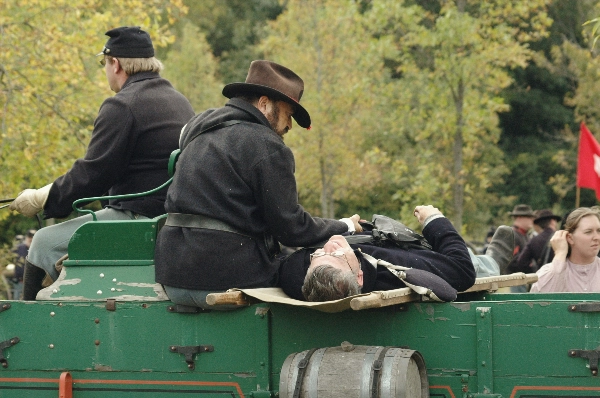
It may sound unlikely but thanks to a group of students from New York University (NYU) uncovering an amazing European treasure like Kedainiai“>Kedainiai can be easier than you think
This town, which dates back to 1372, offers a fascinating introduction to Lithuania’s long and complex past. To clarify, Kedainiai was established in the Middle Ages and thrived as a trade hub by the 15th century, benefiting from its strategic location on the Nevėžis River.
To clarify, Kedainiai was established in the Middle Ages and thrived as a trade hub by the 15th century, benefiting from its strategic location on the Nevėžis Kedainiai quite literally has layers upon layers of history – multiple ethnic and religious groups have called this place home including Jews, Scots, Poles and Germans; all have played a part in shaping its ongoing story.
From Gothic St.
You just need to glance at the buildings to see how brick and stone can encapsulate Kedainiai’s multicultural history: different architectural styles sit next to each other, showing how this community has developed through the ages.
When I first saw it, I fell in love with Kedainiai’s Old Town: it’s so well preserved
Walking on its cobbled streets felt as though I’d stepped back in time – each footstep echoes centuries of stories. The suite of the town is the most fun for me in Kedainiai for sure! Here lively Renaissance buildings look down on you; it’s also home to important historic sites such as the Regional Museum housed within the former Radziwill Palace. A visit to this museum will shed light on the town’s culture plus display finds dating from Neolithic times onwards.
How to make the most of the beautiful countryside near Kedainiai
The appeal of Kedainiai cannot be described solely through its history and architecture.
The surrounding natural landscapes cater to people who love the outdoors – like me! It’s perfect if you’re into ecotourism too.
The serene flow and verdant banks of the NevėžisRiverbanks offer a proper environment for casual strolls or bicycle rides.
The most interesting thing for me is visiting the Dotnuva Botanical Garden, which is very close to Kedainiai.
The garden which is associated with the Lithuanian University of Health Sciences is home to a variety of medicinal plants, pretty trees, and a symmetrical outdoor walking track, among others, a place where nature and science are best portrayed by man.
One of the most favorite attractions of Kedainiai Day is a traditional food fair that is organized annually in August Displ the town of Kedainiai with stalls of traditional foods (you can try zeppelins), craft-making, for example, intricate knitted items and music and dance from various regions of Lithuanian What I always like the most is not to miss the Dotnuva Botanical Garden, which is just a trip away from Kedainiai
In my opinion, Kedainiai can be the best choice for a visit from May to September.
Although I excused that I was late still it was better excuse than saying I was never; You get good mild weather in May through September, perfect for outdoor events, and at the same time enjoy the festivals.
One of the most popular Kedainiai Days is held in August. The months of May through September are particularly pleasant – great for going sightseeing or enjoying outdoor events such as festivals.
My personal opinion
“Can you believe how seriously Lithuanians take their flash mobs?”
Thus did I act with all due sense; joining in, I flourished my coffee cup dramatically and cried lines from “Hamlet” so ineptly remembered from college that the actors – figuratively speaking – might have believed they beheld Ophelia’s wacky American cousin. It was only when modern music failed to strike up (or any music for that matter) and there wasn’t a jig in sight that realization dawned: this is not a flash mob. Wrong! I was reminded of one particular episode in Kedainiai — a Lithuanian town known for its magnificent architectural remnants and extravagant cultural events — when, no less, I disbursed a play in a flash mob.
Put yourself in my shoes: I was there, sitting in the main square sipping coffee when the people dressed like they were extras from a historical film came and they started swinging their swords around and speaking as if it was a high school production of Hamlet that was bad.” How could a supposedly smart person such as me make such a spectacularly stupid mistake? Or is coffee not treated as the best substitute for a historical drama? Could it be that some people do not appreciate the irony of a journalist on the go mishearing a historic moment as a virus-like flash mob?
The celebrities most definitely did not find it as amusing as I did nonetheless hi it was an authentic blunder! So why share this disorderly a little undesirable tale? Taking a trip isn’t just concerning seeing brand-new locations; this is when individuals make errors and discover themselves in unforeseen scenarios as well as in addition to all they can discover wit in the foolish that holding true if you will certainly locate on your own in Kedainiai- or undoubtedly a historical community for that issue- do keep in mind to inspect initially whether what you pertain to is background or simply an intricate road efficiency. Who knows? You too might end up with a funny story or two, just like me.